Gucci has long held onto the title of the status symbol of luxury fashion. However, unlike many fashion houses of the 19th century, Gucci began with a deep-rooted family history full of feuds and power-hungry moments. Now, as one of the most renowned luxury brands in the world, Gucci is the pinnacle of Italian craftsmanship that began with luxury leather goods and a focus on quality, a value that remains today.
The History of Gucci
The Origins of Gucci
The house of Gucci began back in 1921 with founder Guccio Gucci in Florence. Before embarking on creating the now world-renowned label, Guccio Gucci moved to London where he found work as a luggage porter at one of the fanciest, most privileged hotels, attracting the richest of society, at the Savoy Hotel, London. It was here he gained a deep understanding of what higher society looked for in luxury goods; he saw his future consumer market firsthand. When returning home to Florence he learned all he could in leather craftsmanship at Franzi, where he excelled in the role. Gucci finally decided to take action on his dreams with the support of his wife and two boys. They used their savings and a loan to open the first official store in their hometown, Florence.

When the first Gucci store opened, the focus was on leather goods.
Initially working on saddlery for the time of horses and carts was quickly swapped for the modern world of cars and horsepower, with a new focus on bags and travel accessories, creating the highest quality luggage for Italy’s wealthy upper classes.
As Gucci developed into a family business, with Guccio’s three sons, Aldo, Vasco, and Rodolfo, the brand began to embark on the luxury world. The house was faced with material constraints from the League of Nations embargo against Italy. And the main Gucci ingredient -leather – was in short supply. However, the brand’s reputation continued to grow throughout the 1930s when the house turned to alternative materials, such as woven canapa, and hemp. Bags were then printed with the first signature print of the house, the one we all still know and love today, the series of small, interconnecting diamonds in dark brown on a tan background.
1938 brings the opening of a brand new shop in Rome, expanding its territory within Italy.
After World War II, traditional materials were also difficult to find. So Gucci decided to use lightweight, durable bamboo for the handle of its new bag – the 1947 Gucci bamboo. It was inspired by the shape of a saddle (a nod to the brand’s equestrian roots) that was seen carried by infamous celebrities such as Elizabeth Taylor.
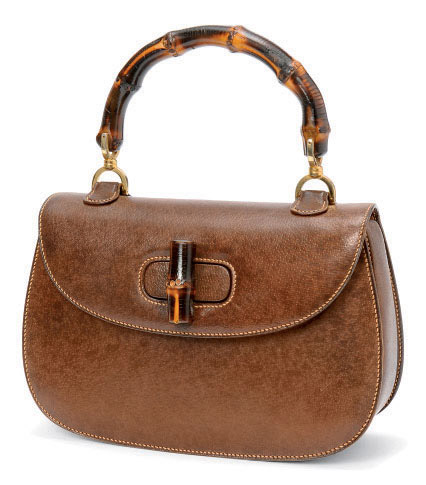
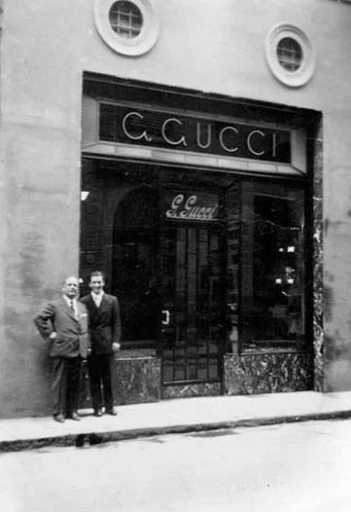
The 1950s brought great success, as the house expanded into the US, Gucci became the symbol of success and wealth among upper-class travelers. From the richest of society to renowned celebrities, Gucci became renowned for its opulent designs. One of the US stores opened in The Savoy Plaza Hotel in New York City as a tribute to Guccio Gucci’s days as an employee.
Guccio Gucci passed away in 1953 at the age of 71, leaving his legacy and business in the hands of his three sons. The legend that began Gucci and rose it to success is forever a treasured part of the house.
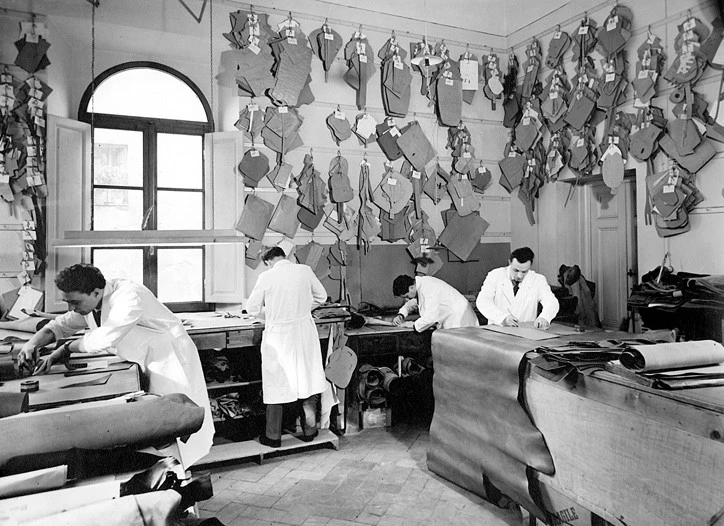
The same year of the founder’s passing, the iconic horse-bit loather was introduced with its iconic double ring and bar. In 1955 was introduced the Gucci Horsebit bag, which comes today in various colors and shapes (tote, satchel, shoulder bag), including the recognizable green and red stripe. And they are all unified by the instantly identifiable double D-rings.
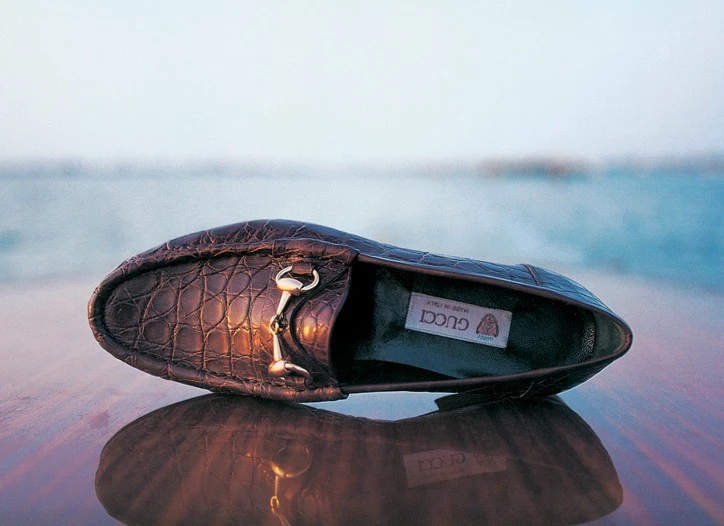
In 1961 former first lady of the United States, Jacqueline Kennedy was spotted with the G1907 Gucci bag which the house then renamed ‘The Jackie’.
Celebrity influence has always been a huge part of Gucci’s success from the 60’s stars to world-renowned pop star now Harry Styles. The theme of celebrity higher power is a part of the Gucci name.
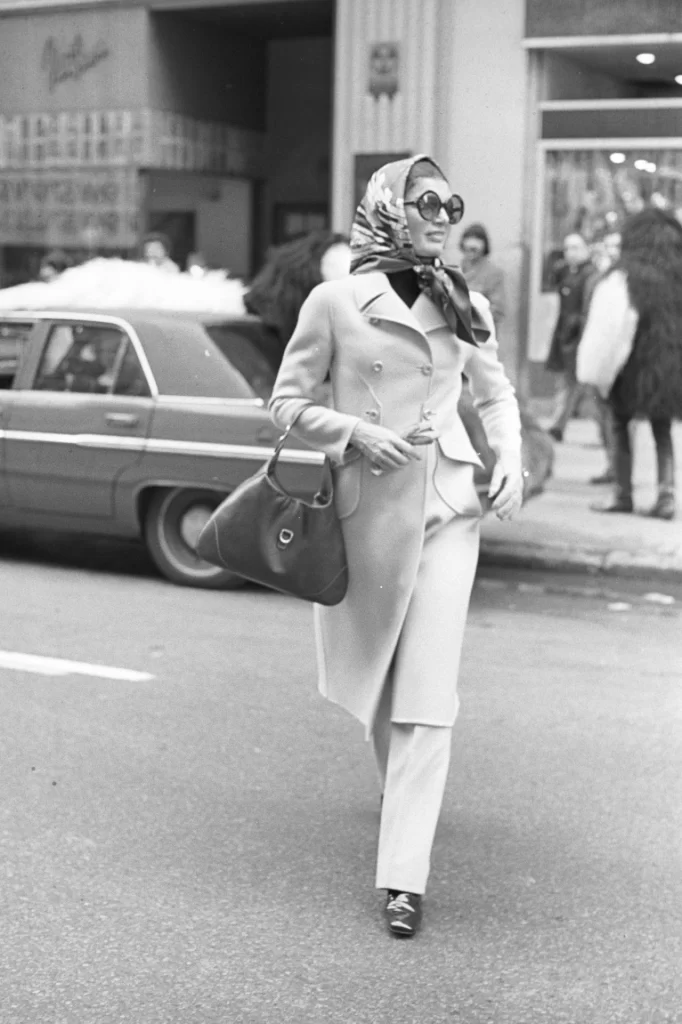
The same time brought expansion into London and Palm Beach. And the first Gucci logo, the famous double G which was initially created as a clasp to fasten bags. The first ever store in Paris opened in 1963, as Gucci continued expanding worldwide. The infamous Flora scarf was also developed in 1966 for Princess Grace Kelly of Monaco. The Flora print was commissioned by famed artist Vittorio Accornero.
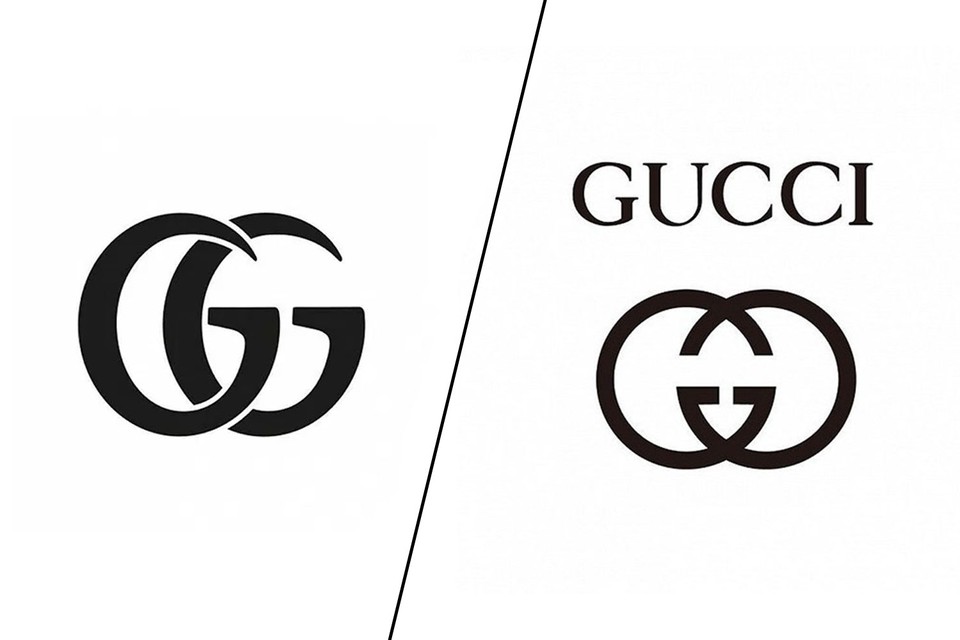
Gucci began to pop up everywhere in the 70s, with more and more stores opening from Tokyo to Hong Kong, while an expansion on Fifth Avenue New York brought a store dedicated entirely to clothing next to the accessories store. In 1975, Gucci also ventured into beauty with their first perfume, No 1.
The 70s also brought the marriage of Maurizio (son of Rodolfo) and socialite Patrizia Reggiani. With the grandsons of the business now heavily involved, family feuds begin to form especially around this particular relationship. The film House of Gucci dives into the deep-rooted family issues, looking into Reggiani’s involvement with Gucci and is she truly was just looking to climb the social ladder. While it’s hard to understand what are the facts, it seems the family became in dispute following the 70s into the 80s.
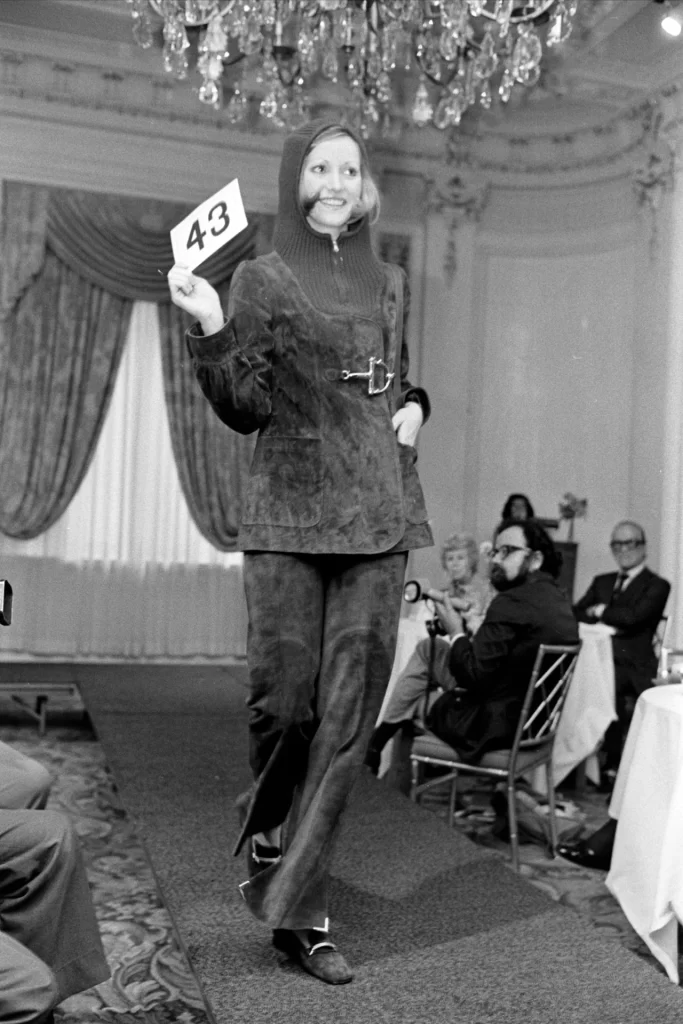
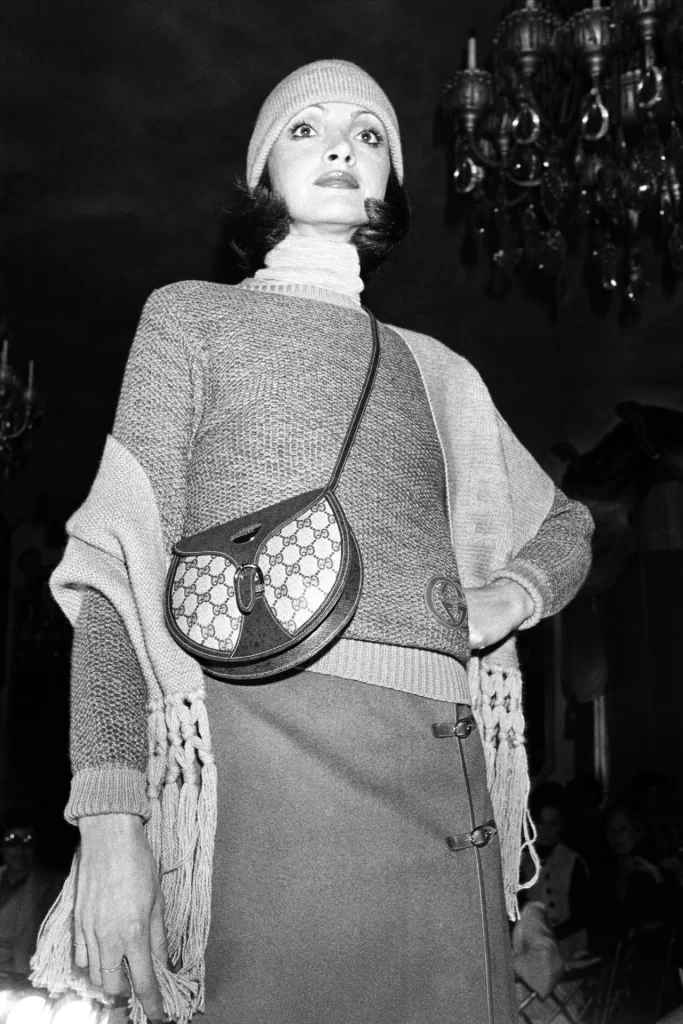
Vasco Gucci passed away in 1974 leaving the business to his two brothers, Aldo and Rodolfo.
Gucci held its first-ever Ready-to-wear show in 1981 where it all began in Florence, Italy.
The collection was inspired heavily by the signature Flora print.
The 80s led to some major changes within the fashion house and the family feud only grew within the business. Guccio’s grandchildren were officially working within the company, as the feud began over power and control. When Rodolfo passed away in 1983 he left his share of the company to his son Maurizio, who in time took over the fashion house. As the company grew so quickly, naturally everyone wanted the biggest seat. Practically forcing his cousins and uncle Aldo entirely out of the company, Aldo became chairman of the board emeritus, while Maurizio is named chairman of Gucci Shops Inc. (the American arm of the business), and Aldo’s sons become vice chairmen.
However, Maurizio being left in control with the most shares of the fashion house did not end well for the family. Following constant disputes, and tax evasion around half of Gucci was acquired by Investcorp (who also acquired Tiffany and Co.).
Saving the beloved fashion house from bankruptcy, Bergdorf Goodman’s President, Dawn Mello, and head of Accessories, Richard Lambertson, were then brought in to give the brand a fresh boost of life.
1990 brought the death of Aldo Gucci, leaving the business entirely in the hands of the grandchildren of Guccio. The same year brought the appointment of Tom Ford into Gucci as head of womenswear.
Just three years later, the once family-owned empire was left for the first time in the hands of others. Maurizio Gucci finally transferred all of his shares to Investcorp, completely ending the family’s involvement in the firm.
Tom Ford Era for Gucci
In 1994 Tom Ford was officially appointed creative director of Gucci, leaving the once family feud’s fashion house in the hands of a new designer for the first time since 1921. His first-ever collection for Fall 1995 put Gucci back on the fashion map, with glamour at the core of the designs. Ford is credited with resorting the Gucci name and reputation that year while restoring the house’s opulence and refiguring the identity.
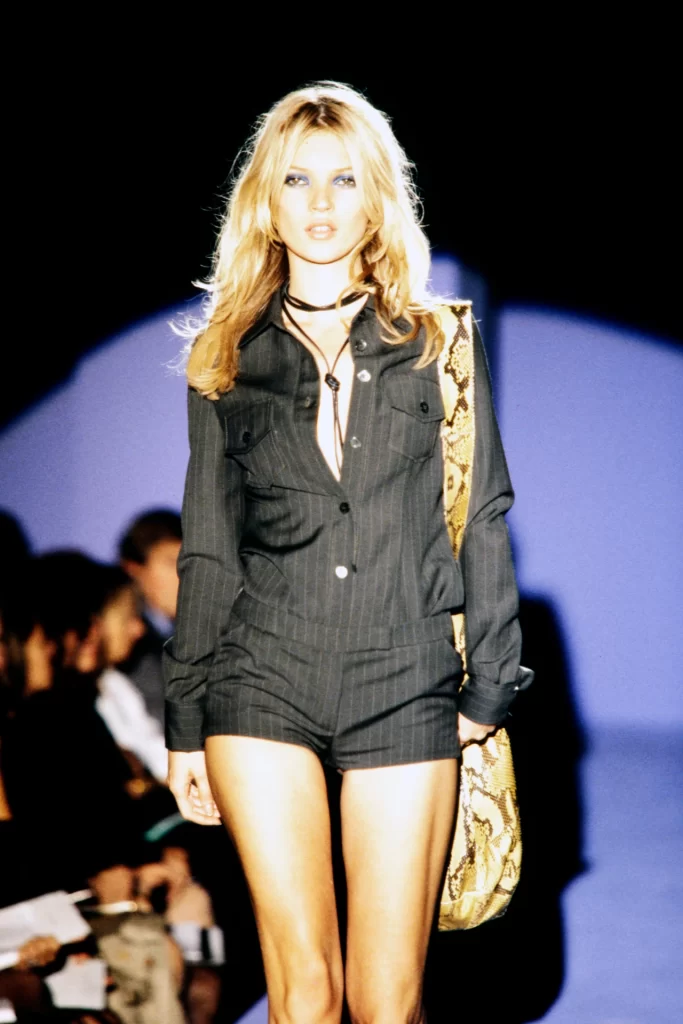
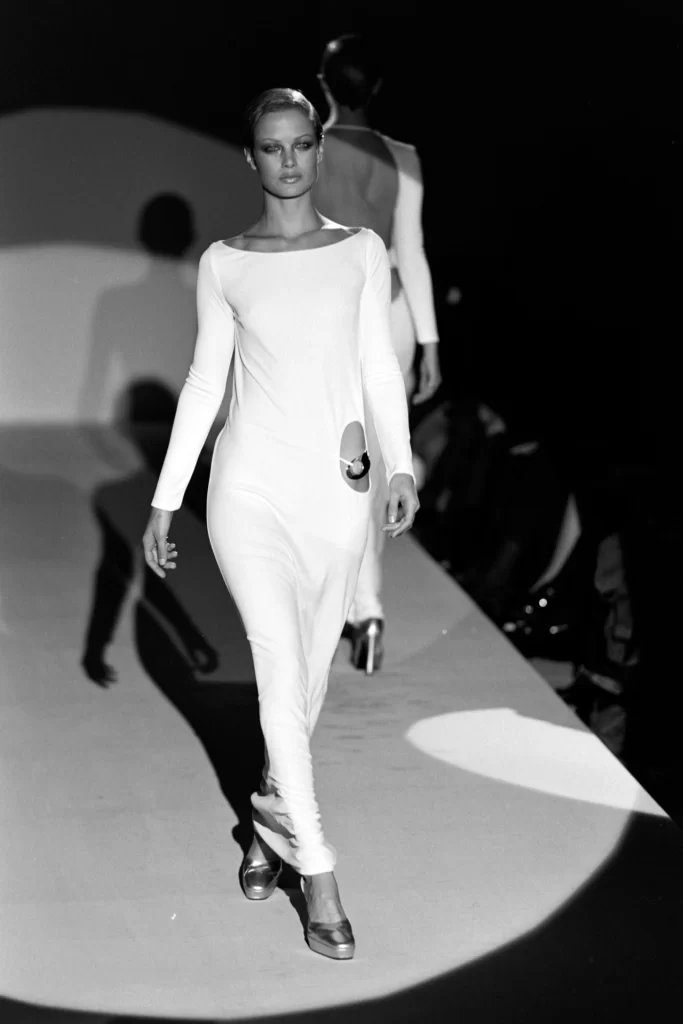
Ford continues to take over the 90s with his sexy and glamorous collections leading Gucci into a new light away from family dramas and into its thriving era.
Grandchild and former leader of Gucci, Maurizio Gucci is murdered in March 1995 in Milan. Three years later in 1998 his ex-wife Patrizia Reggiani is sentenced to 29 years in prison for organizing the Gucci heir’s assassination.
Ford’s Fall 1995 collection is forever credited for the brand’s success, with his minimal yet hypersexual designs that were even loved by celebrities like Gwyneth Paltrow, Jennifer Lopez, and Madonna who were all photographed wearing his pieces on the red carpet.
The era of the Gucci ‘it’ bag is born in 1999 as the beloved Jackie bag is relaunched with new colors and variations never seen before.
Who has taken the house since?
The late 90s brought the battle of powerhouses LVMH and PPR (now known as Kering) who both wanted the fashion house within their realm. LVMH began slowly purchasing shares of Gucci despite then CEO Domenico De Sole pushing back against this. Before the company could take over completely PPR quickly became the major stakeholder of Gucci, where Gucci remains today.
Ford brought in Frida Giannini as accessories head before leaving due to issues with PPR (Kering) in 2004.
Giannini went on to become Gucci’s latest creative director in 2006 leading the brand into elegance, focusing on the renowned Flora print rather than the double G monogram.
When Giannini left in 2014, Alessandro Michele was announced as the new creative director of Gucci in 2015. Devoting 12 years prior to the brand as an accessories designer, Michele designed an entirely new menswear collection in less than a week. His first womenswear collection debuted in Milan, as Gucci’s Fall 2015. As an unknown designer back then, his first runway collection was a huge success in the fashion world.
Michele’s blended his unique and eccentric style with Gucci’s classic heritage. His love for extravagance and opulence has become a part of the fashion house. In 2017 it was even announced that Gucci had achieved record sales under Michele’s leadership. Michele’s romantic and poetic vision for 21st-century luxury has attracted a whole new market of younger consumers.
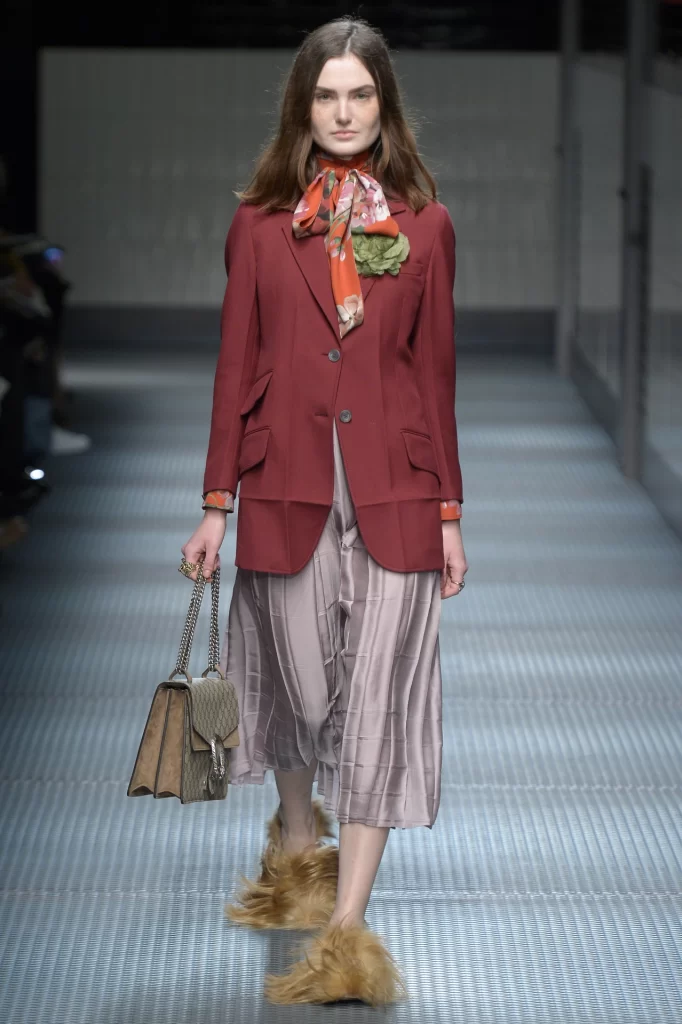
On November 23 of this year, Alessandro Michele announced he was leaving Gucci after serving as creative director for 7 years. We are curious to see who will take over his role and what artistic direction the brand will take. The history of Gucci is yet to be continued.




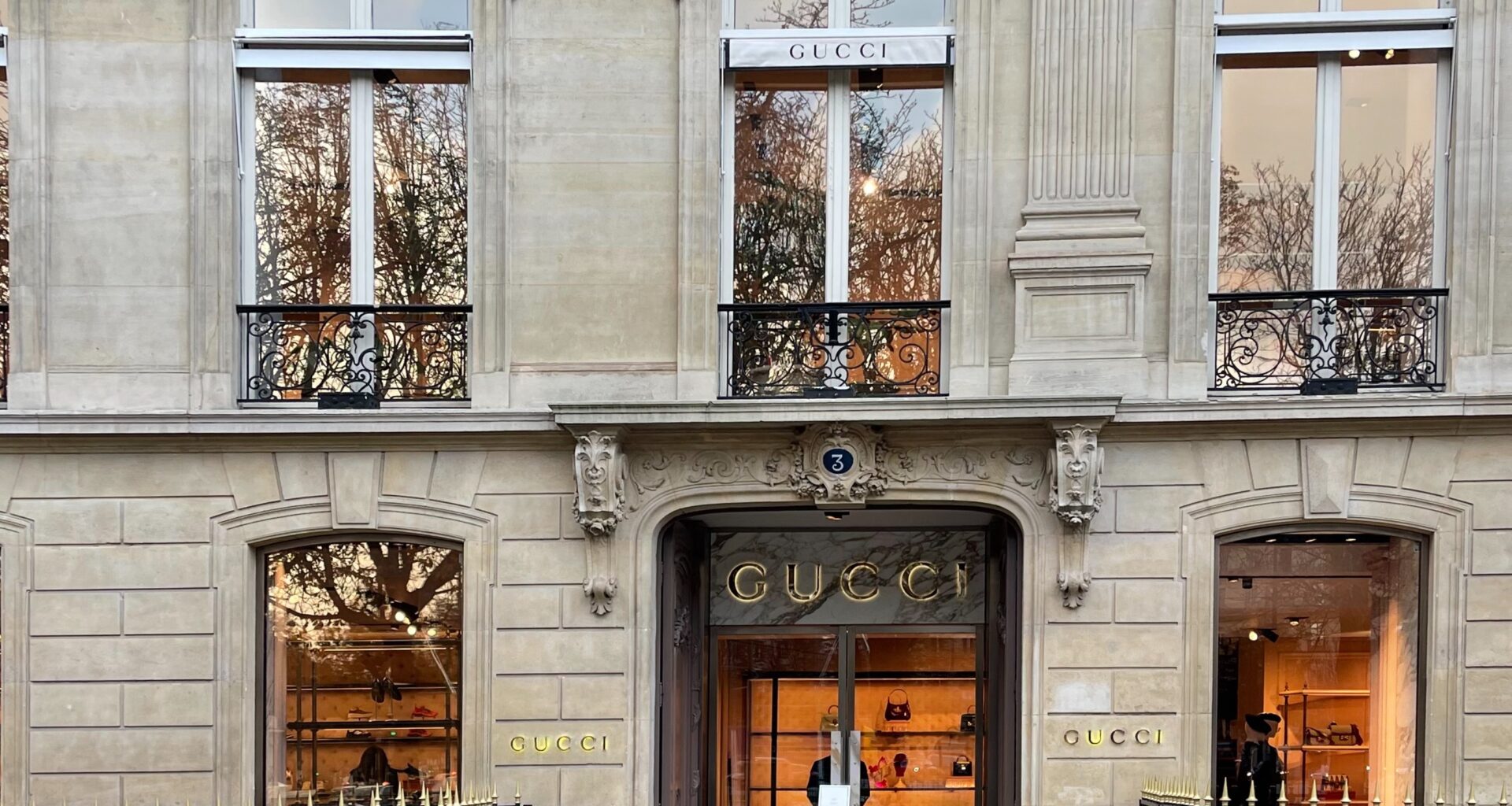


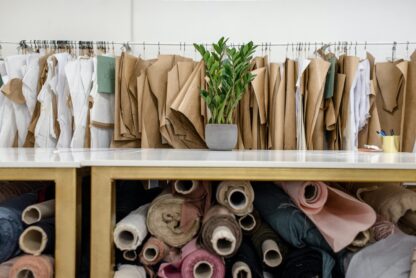


I have bought 2 bags from essenceofluxurys and have been really happy with both. On initial contact I was sent many pics of the actual bag I wanted with dimensions so I was sure we were talking about the same thing. I was really nervous at first but I received it within a week of ordering. Both bags have been excellent quality, came with dust bags and original packaging. I highly recommend using them.